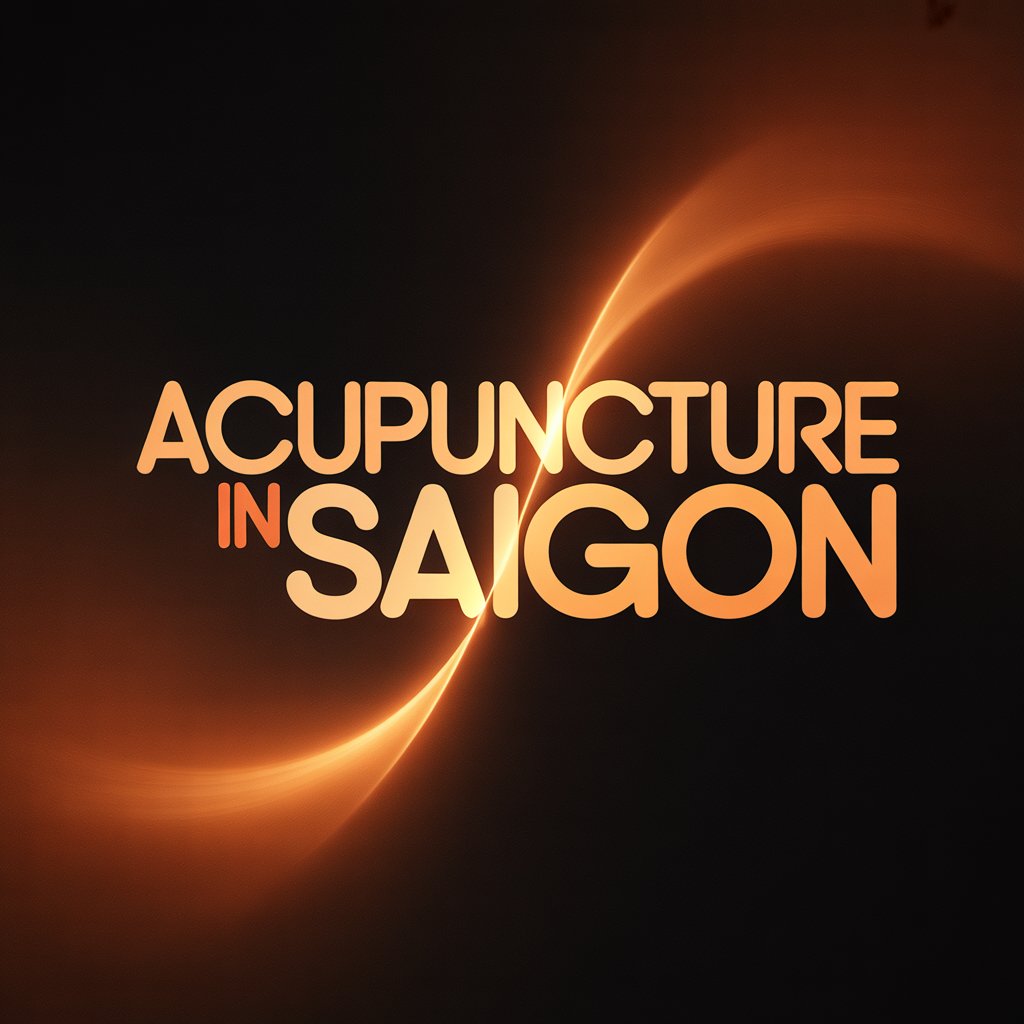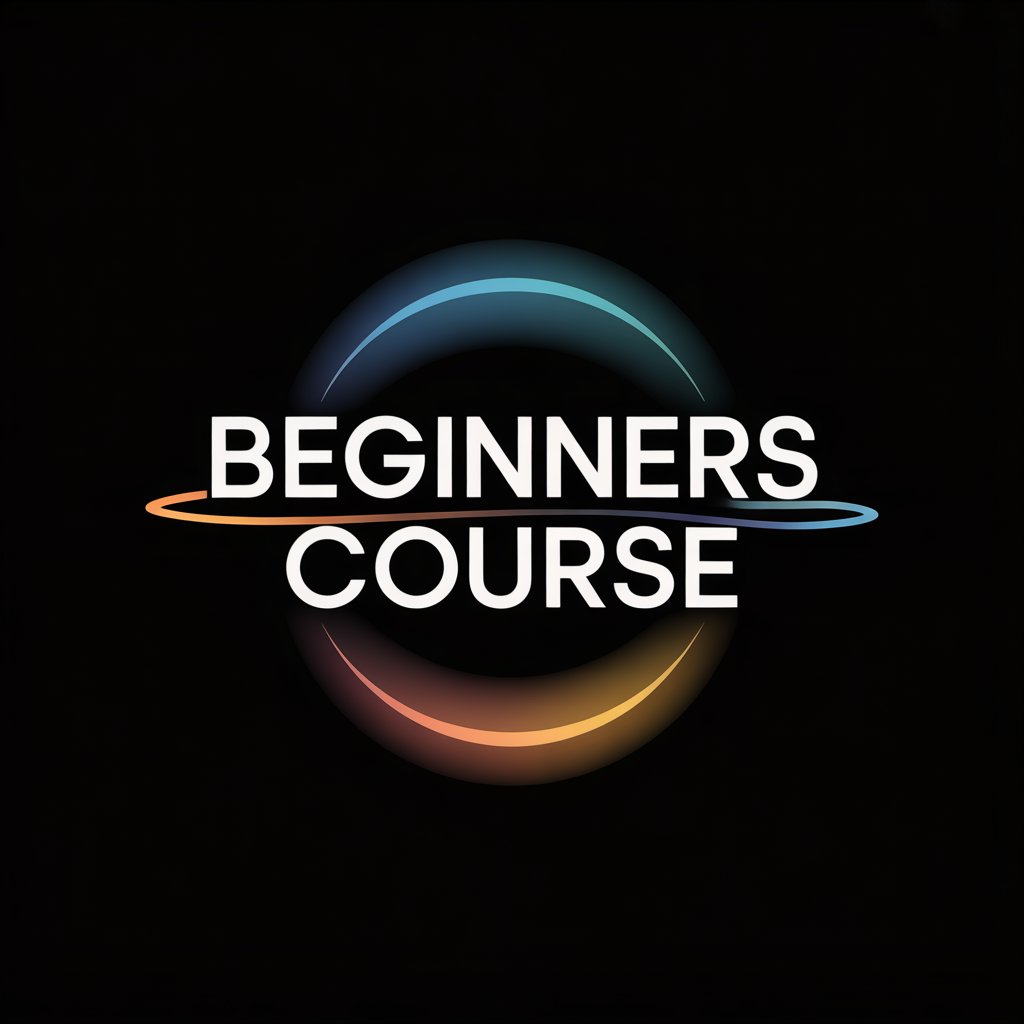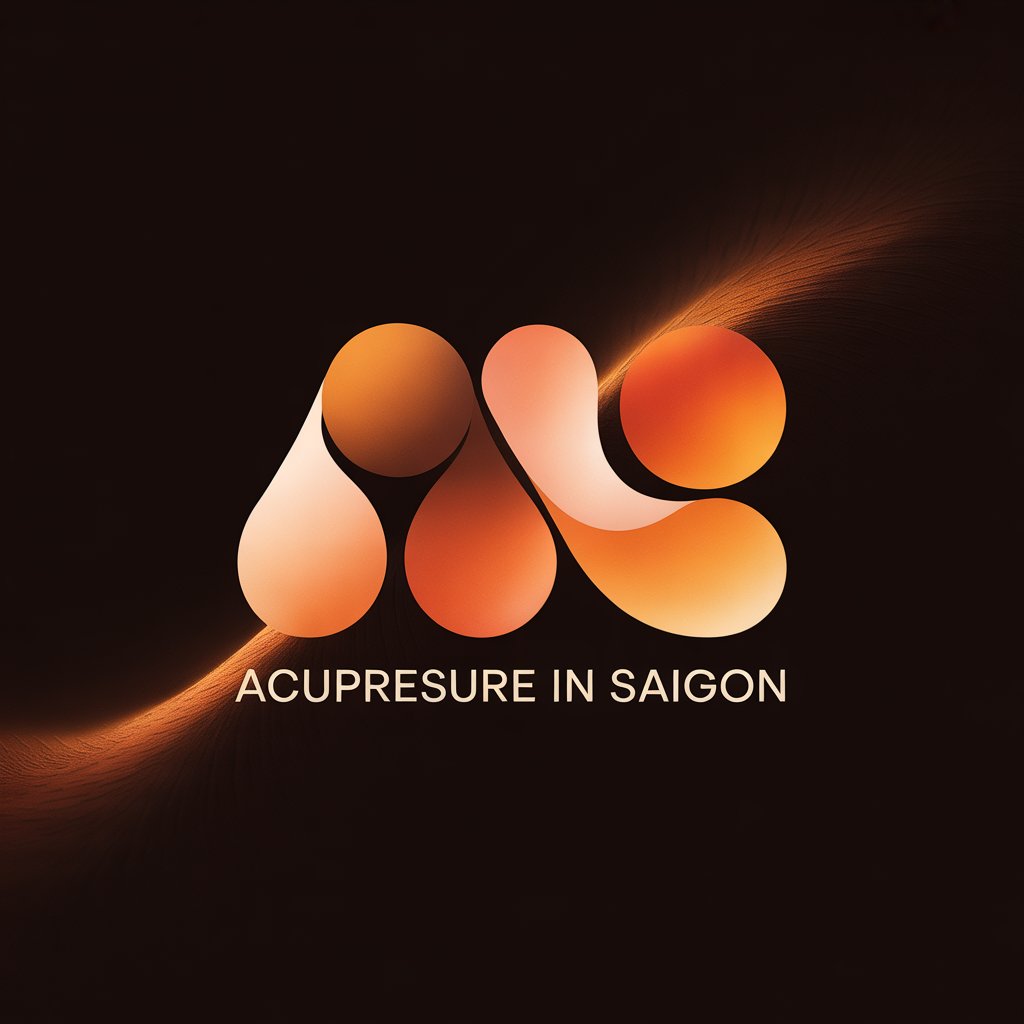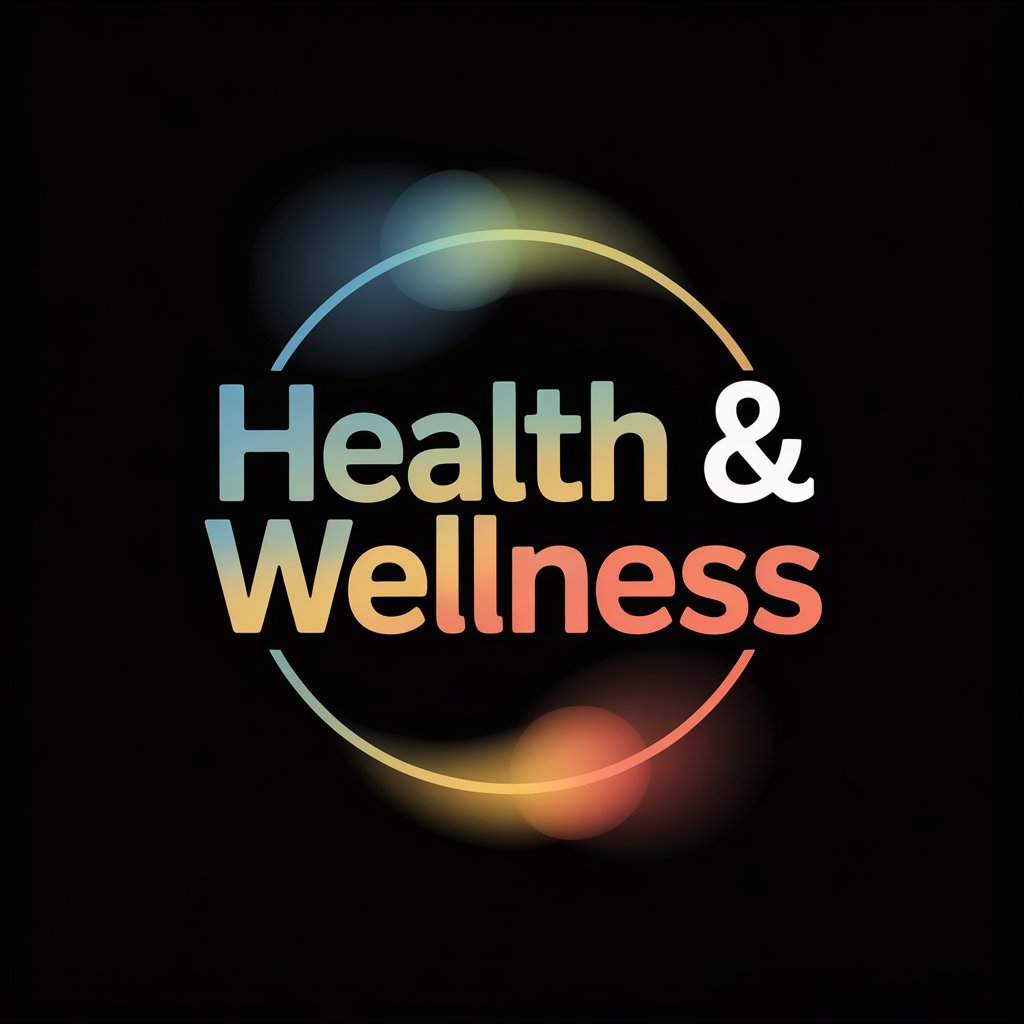Acupressure for emotional well-being

Acupressure offers a promising avenue for supporting emotional well-being by targeting specific points that can influence mood, stress levels, and overall mental balance.
Rooted in Traditional Chinese Medicine, this practice is believed to work by stimulating the body’s energy pathways (meridians) to promote harmony and alleviate emotional distress.
Analysis of Acupressure for Emotional Well-being:
- Neurochemical Effects: Similar to its effects on physical pain, acupressure may encourage the release of endorphins, which have mood-boosting and pain-relieving properties. Stimulating certain points might also influence the levels of neurotransmitters like serotonin and dopamine, which play crucial roles in regulating mood and emotions.
- Nervous System Regulation: Acupressure can help regulate the autonomic nervous system, shifting the body from a sympathetic “fight or flight” state to a parasympathetic “rest and digest” state. This1 can lead to reduced feelings of anxiety and increased relaxation.
- Energy Flow (Qi): From a TCM perspective, emotional imbalances are often seen as blockages or stagnation of Qi. Acupressure aims to restore the smooth flow of this vital energy, thereby promoting emotional equilibrium.
- Mind-Body Connection: Acupressure emphasizes the interconnectedness of the mind and body. By addressing physical tension and energetic imbalances, it can indirectly alleviate emotional symptoms.
Acupressure Suggestions for Emotional Well-being:
Here are some acupressure points commonly used to support emotional health:
- Heart 7 (Shen Men – Spirit Gate): Located on the inner wrist crease, in line with your little finger. Applying gentle pressure here is known to calm the mind, reduce anxiety, and promote better sleep.
- Pericardium 6 (Nei Guan – Inner Gate): Found on the inner forearm, about three finger-widths down from the wrist crease, between the two tendons. This point is often used to relieve anxiety, stress, and even nausea, which can be exacerbated by emotional distress.
- Yintang (Hall of Impression or Third Eye): Situated between your eyebrows, at the bridge of your nose. Gentle massage of this point can calm the spirit, relieve anxiety, and promote mental clarity.
- Governing Vessel 20 (Baihui – Hundred Convergences): Located at the very top of your head. Applying light pressure here is believed to lift mood, reduce anxiety, and promote a sense of balance.
- Liver 3 (Tai Chong – Great Surge): Found on the top of your foot, in the webbing between your big toe and second toe. This point is used in TCM to promote the smooth flow of Qi and can help alleviate irritability, stress, and anger.
- Conception Vessel 17 (Shanzhong – Chest Center): Located on the center of your sternum, midway between your nipples. Applying gentle pressure here can help regulate emotions, relieve chest tightness associated with anxiety, and promote inner peace.
DIY Application:
- Find a comfortable and quiet space.
- Use your fingers or thumb to apply firm but gentle pressure to the chosen acupoint.
- Massage the point in small circular motions or hold steady pressure for 1-3 minutes.
- Breathe deeply and relax while applying pressure.
- Repeat on both sides of the body if the point is bilateral.
- You can incorporate these techniques into your daily routine or use them as needed when feeling emotionallyImbalanced.
Important Considerations:
While DIY acupressure can be a valuable tool for emotional self-care, it’s essential to remember that it may not be a substitute for professional mental health treatment, especially for more severe or persistent conditions like anxiety disorders or depression.
If you are struggling with significant emotional challenges, seeking guidance from a therapist or counselor is crucial. Acupressure can be a helpful complementary therapy alongside conventional treatments.




